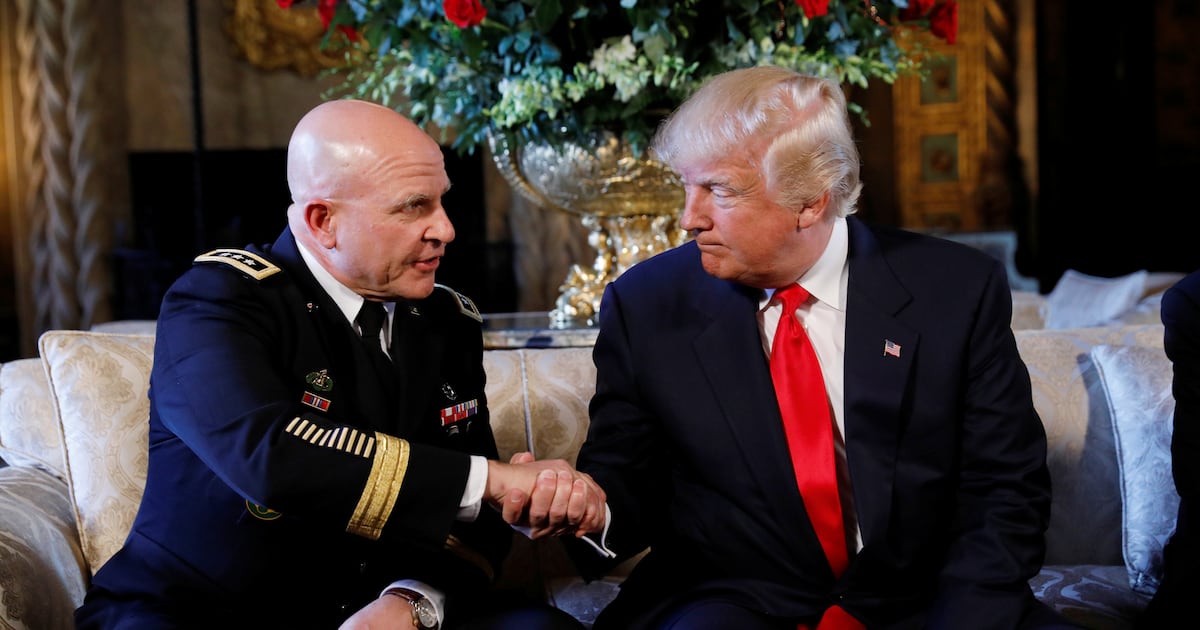President Obama’s 10-day trip to Asia starting Friday is as important to U.S. power in the world as Tuesday’s elections were to power in Washington. Tuesday set a new power balance that favors Republicans over Democrats. Obama’s journey to India, Indonesia, South Korea, and Japan could lay the ground for a new balance of power between China and the U.S. Success or failure will turn ultimately on circumstances in Asia and the quality of America’s Asia strategy.
The best thing the U.S. has going for it in Asia is the widespread and growing fear of a dynamic and muscle-flexing China. Almost all Asian nations want America as the balancer and protector against an increasingly demanding Beijing. But they don’t want Obama to be too gross about it and inflame China.

The worst thing working against America is that Asians are deeply worried about a U.S. economy in decline and a Chinese economy on the rise. Money to buy and invest is power, and China, with its huge surpluses, has more of it to throw around than anyone else. Obama must convince his Asian hosts that he will reduce America’s out-of-control deficits and produce an economic stimulus program that works. The White House can say as much as it wants about renewing American leadership in Asia, but that talk will ring hollow unless it’s backed up by a believable policy to restore the U.S. economy.
To capitalize on both Asian hopes and fears, Obama needs a strategy—one that strengthens ties with old allies like Japan, builds bonds with new partners like India, and sets more equitable terms for U.S.-China relations. The three main Asian democracies (India, Japan, and South Korea) have the greatest commonality of interests and values with America. They will be the most reliable of allies in the region—with non-democratic states like Vietnam and Singapore as a bonus.
The White House can say as much as it wants about renewing American leadership in Asia, but that talk will ring hollow unless it’s backed up by a believable policy to restore the American economy.
As for China, the feeling grows in Asia and America that Beijing has been pushing the U.S. and others around too much. Sure, let China enjoy the fruits of being a rich great power, but don’t let it think for a moment that it owns the Pacific Ocean and subsidiary seas. Costly American chores (like protecting international shipping lanes and securing Chinese investments in Africa and Afghanistan) provide the stability for China’s worldwide economic growth. Obama has to persuade Chinese leaders to pay a reasonable price for continued American support in these areas. And Beijing has to see that most Asian nations stand behind the U.S. in these efforts.
Such a strategy has been sorely missing so far. Obama’s first visit to Asia last year was generally viewed as a flop. There was no clear theme and little evidence of advance preparations to announce accomplishments at each stop.
This time, prospects appear more promising. In the first place, the journey is built around the major Asian democracies, which sends the right message of solidarity without being bellicose. Additionally, Secretary of State Hillary Clinton traveled most of the region in the last two weeks to lay the groundwork. Clinton reaffirmed America’s interest in settling territorial disputes in the East and South China Seas. Her trip also played out against the backdrop of a beefed-up U.S. naval presence and a number of joint military exercises with allies. These initiatives all demonstrated that the U.S. still counts militarily throughout the Pacific and Indian Oceans. But what’s still lacking is a clear unifying theme and a strategy that focuses and enhances U.S. power.
Here’s what Mr. Obama’s trip looks like and the major issues to be raised at each stop:
India (November 6-9) The key issue at this initial stop will be how far these two great democracies can advance their fledgling partnership. India’s leaders want to move closer to the U.S., but they meet great political resistance at home from anti-American groups. Leaders from both countries need to avoid looking like they are forging an alliance to contain China. Obama’s team will also try to ensure that whatever advances are made with India (like pending deals for U.S. fighter aircraft and nuclear reactors) don’t look too menacing to India’s enemy, Pakistan.
Indonesia (November 9-10)The main goal at this stop is to demonstrate that America can forge good relations with a Muslim state. This will be embodied in a declaration of what the White House has referred to as a “comprehensive partnership.” In a speech to the Indonesian public, Obama will praise Indonesia as an example of a growing economy and emerging democracy in the region.
South Korea (November 10-13)The main aim of this leg of the trip is to emphasize South Korean-American unity in dealing with both North Korea and China. It’s vital that leaders in Pyongyang and Beijing see no daylight whatsoever between Seoul and Washington. South Korea will also play host to the G-20 meeting of major economic states. Obama will meet with President Hu Jintao, but tellingly, he will not make a trip to China and spoil the democratic face of the journey.
Japan (November 13-14)In many ways, this final part of the journey is the most important one. Japan has been one of America’s most loyal and important allies for over 50 years, and Japanese leaders are feeling sorely neglected by the Obama team. That team would be doing America as well as Japan a favor to engage in serious economic and strategic planning with Japanese leaders. Not to be forgotten, Tokyo will host the annual APEC meeting. Outside of the Asian economic summit, Obama will meet with Russian President Dmitri Medvedev and Australian Prime Minister Julia Gillard.
Obama, then, has really three overall goals for this trip:
First, to drown out the thunder of Tuesday’s election defeat with a storm of headlines about renewed American leadership in Asia.
Second, to build up an informal partnership of Asian nations to curb Chinese muscle-flexing and to push for negotiated settlements and disputes. He wants to do all this without provoking Beijing into thinking that he is fashioning a new containment policy, which would only make the Chinese less containable.
Third, to promote American exports to Asia, one of the few places in the world capable of buying a lot of American goods. But this trade message, and even the strategy as a whole, won’t carry much weight in Asian capitals unless Obama can convince them that his government is capable of making the hard economic decisions essential to reigniting the American economy.
Leslie H. Gelb, a former New York Times columnist and senior government official, is author of Power Rules: How Common Sense Can Rescue American Foreign Policy (HarperCollins 2009), a book that shows how to think about and use power in the 21st century. He is president emeritus of the Council on Foreign Relations.





